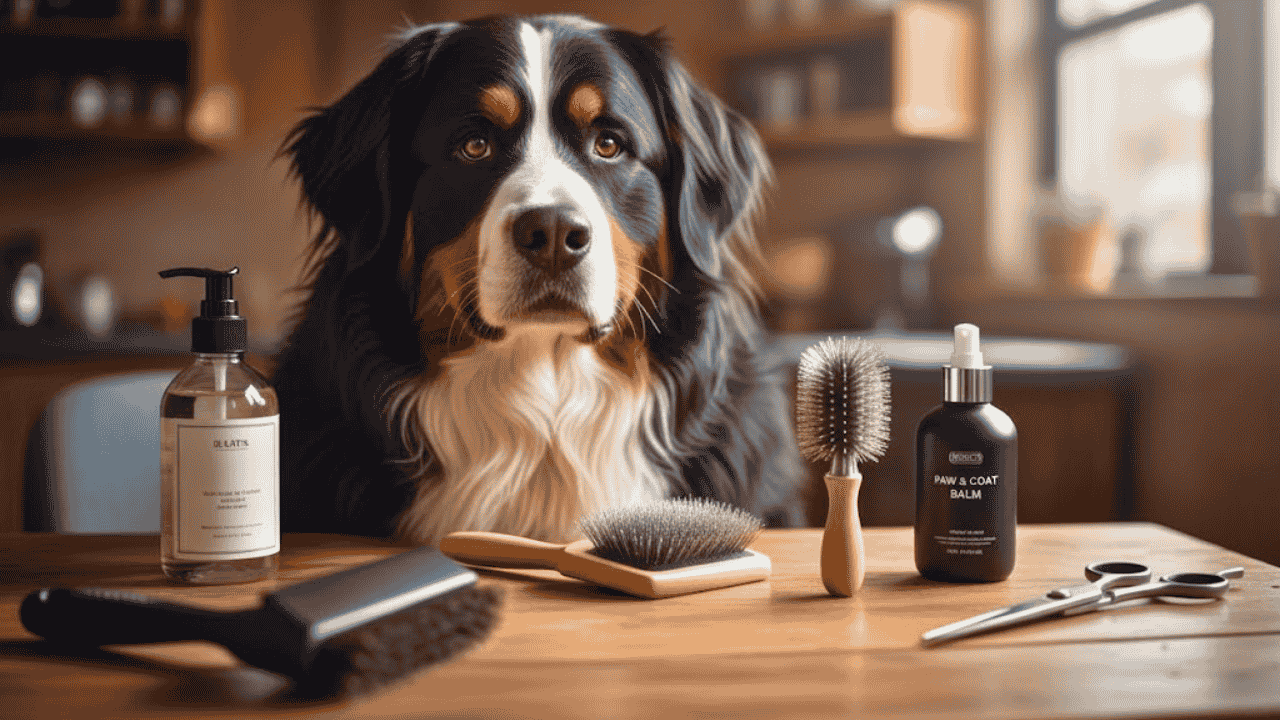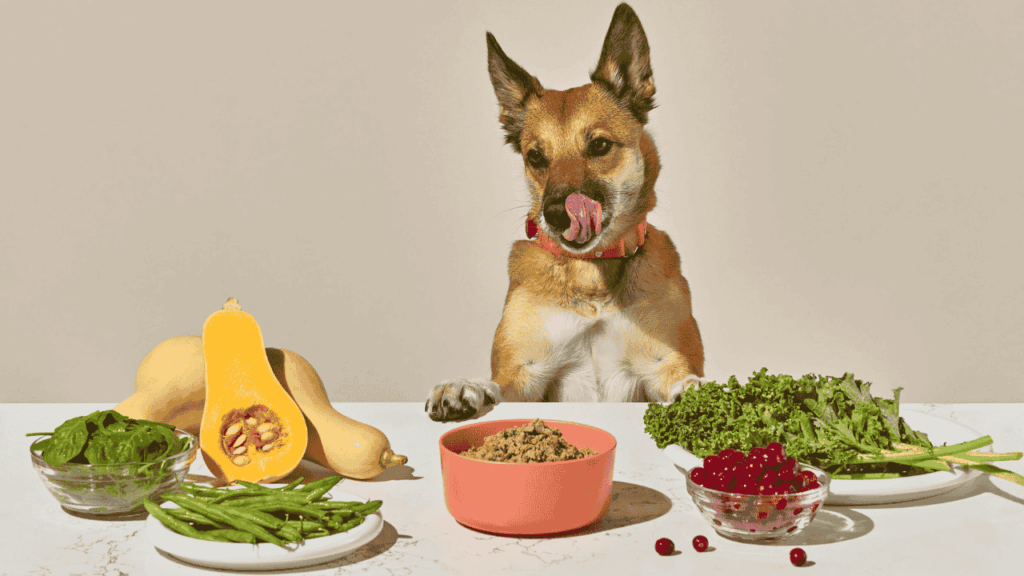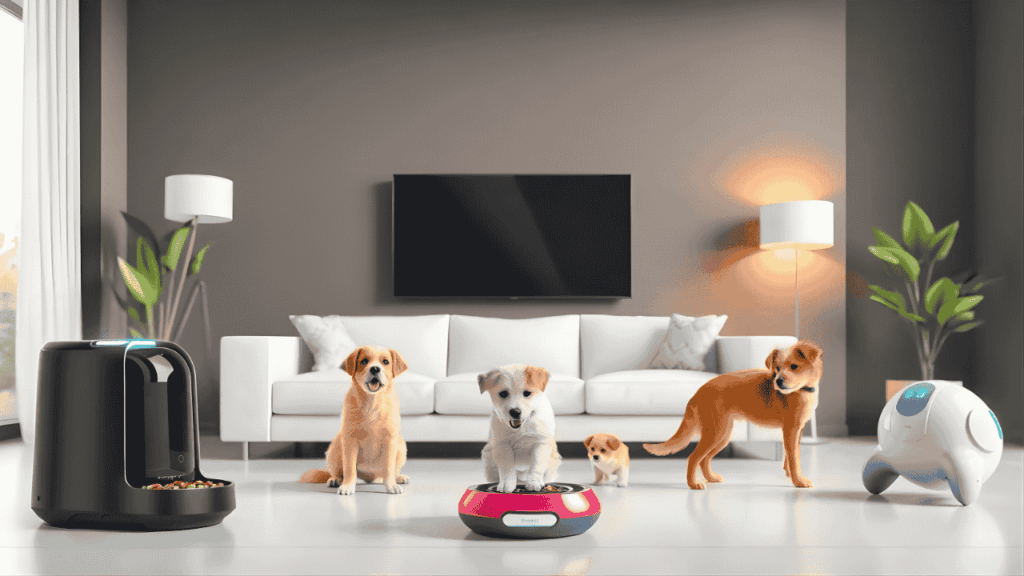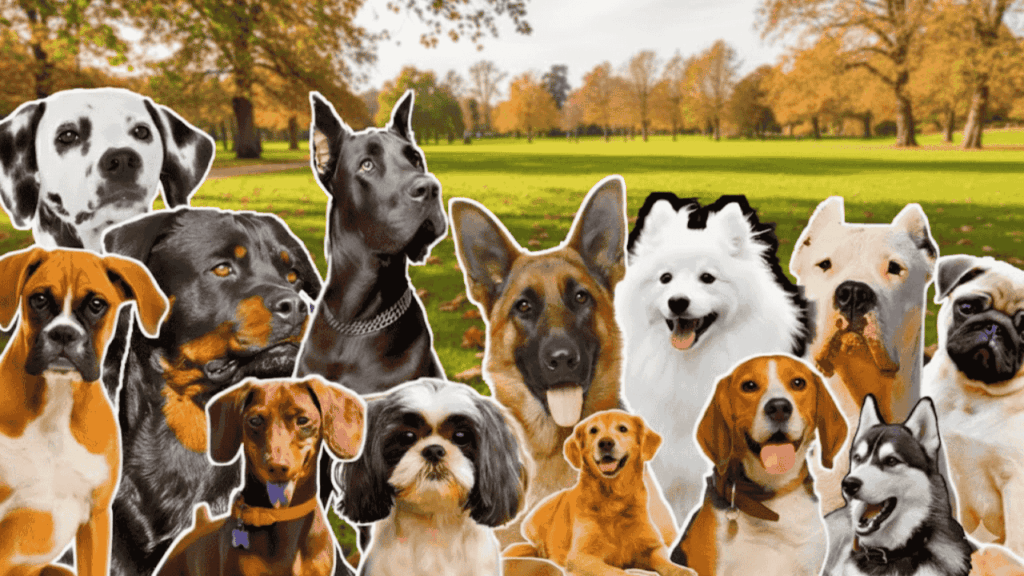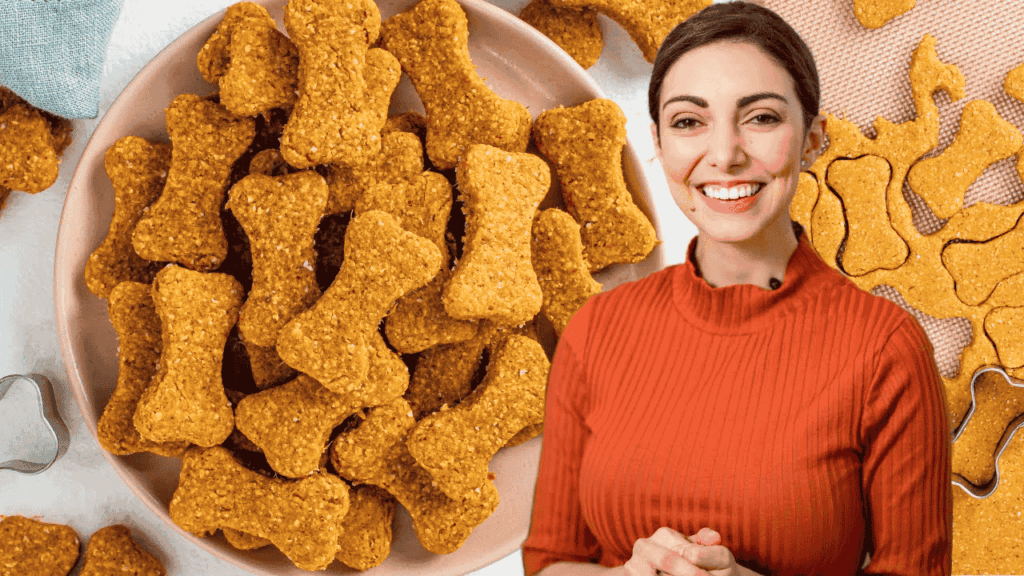Every dog deserves to look and feel their best. For many American pet owners, professional grooming can be expensive and time-consuming, which is why at-home grooming has become so popular. Whether you own a fluffy golden retriever or a short-haired beagle, learning a few simple hacks can make grooming easier, faster, and more enjoyable for both you and your furry friend.
With a little patience, the right tools, and some practical know-how, you can keep your dog’s coat shiny, their skin healthy, and their overall appearance looking great—all without leaving your house.
What Is the Importance of Regular Grooming for Dogs
Grooming isn’t just about keeping your dog clean; it’s an essential part of maintaining their overall health. Regular brushing, bathing, and nail trimming prevent skin infections, reduce shedding, and help you notice any signs of health issues early. When you brush your dog, you’re also stimulating natural oils in their skin, which helps keep their coat glossy and smooth.
Beyond the physical benefits, grooming strengthens the bond between you and your dog. It builds trust, helps them feel comfortable being touched, and creates calm moments of connection. Dogs that are groomed regularly tend to have better hygiene, fewer allergies, and more confidence because they’re used to being handled.
For U.S. dog owners, where climate, lifestyle, and living conditions vary widely, consistent grooming also helps your dog stay comfortable throughout the year. In colder regions, it keeps their coat thick and warm; in warmer areas, it prevents overheating and matting.
When Should You Start Grooming Your Dog at Home
The best time to start grooming is as early as possible, ideally when your dog is still a puppy. Early exposure helps them get used to the process, making it easier as they grow older. Even if you’ve adopted an adult rescue dog, you can start slowly and make grooming a positive experience with gentle encouragement and treats.
Timing also matters when it comes to the grooming schedule. Most dogs benefit from brushing two to three times a week, but it can vary based on breed and coat type. Long-haired dogs may need daily brushing to prevent tangles, while short-haired breeds might only need a quick brush every few days.
Bathing typically depends on your dog’s activity level and coat condition. On average, once every four to six weeks is enough, though dogs that play outdoors often or get dirty may need baths more frequently. Nail trimming should be done every three to four weeks, and ear cleaning once every couple of weeks to prevent wax buildup and infections.
By setting a routine, you’ll help your dog feel secure, and grooming will become a calm and predictable part of their week.
How to Make Brushing Easier and More Effective
Brushing is one of the simplest yet most important parts of grooming. It removes loose fur, prevents matting, and distributes natural oils that keep your dog’s coat healthy. However, many owners struggle because their dogs resist brushing.
To make it easier, choose the right brush for your dog’s coat type. Slicker brushes work well for long or curly hair, while bristle brushes are better for short coats. Always start slowly, brushing in the direction of the fur, and reward your dog after each session with a small treat or praise.
If your dog gets anxious, keep sessions short and calm. Over time, they’ll start associating brushing with a positive experience. You can even brush while watching TV or relaxing in the evening—turning it into a bonding ritual rather than a chore.
Regular brushing also gives you a chance to check for ticks, fleas, lumps, or dry patches. Catching these early helps prevent bigger health issues later on.
What Is the Best Way to Bathe Your Dog at Home
Bath time can be either a joyful splash or a stressful mess, depending on your approach. The key to an easy bath is preparation. Gather everything you need beforehand—towels, a mild dog shampoo, a brush, and treats. Make sure the water is lukewarm, not too hot or cold.
Before bathing, brush your dog to remove loose fur and tangles. Once in the tub, wet their coat thoroughly and apply shampoo from neck to tail, avoiding the eyes and ears. Gently massage it in, then rinse until the water runs clear. Any leftover shampoo can cause itching or dryness.
Use a towel or pet-safe blow dryer to dry your dog afterward. Avoid using human hair dryers as the heat may be too intense. For dogs with thick coats, ensure they’re completely dry to prevent skin irritation or mildew odors.
If your dog dislikes baths, start with short rinses and gradually increase the duration. Offer treats and encouragement so they associate bath time with comfort and care, not fear.
How to Manage Nails, Ears, and Teeth Without Stress
Grooming doesn’t end with a clean coat—healthy nails, ears, and teeth are just as important. Trimming your dog’s nails regularly prevents discomfort and posture problems. If you hear clicking sounds when they walk on hard floors, it’s time for a trim. Use a pet nail clipper and cut small amounts at a time, avoiding the quick—the pinkish area inside the nail that can bleed if cut.
Ear cleaning helps prevent infections, especially in floppy-eared breeds. Use a soft cloth or cotton pad with a vet-approved ear cleaner. Never insert anything deep into the ear canal. Gently wipe away dirt and wax, and keep an eye out for redness or foul odors, which may indicate infection.
Dental care is another area many owners overlook. Plaque buildup can lead to bad breath and serious health problems. Brushing your dog’s teeth two to three times a week with pet toothpaste keeps their mouth clean and healthy. You can also give dental chews or toys designed to reduce tartar.
When handled patiently, these grooming steps become easy, routine habits that keep your dog feeling their best.
When Grooming Becomes a Bonding Experience
Grooming isn’t just about appearance—it’s about connection. Every brush stroke, gentle bath, or nail trim is an opportunity to communicate love and trust. Dogs sense care through touch, and the more often you groom them calmly and kindly, the stronger your relationship becomes.
In the U.S., where pets are truly considered part of the family, at-home grooming is becoming a way for owners to show affection while maintaining their dog’s well-being. It saves money, reduces stress, and turns ordinary moments into meaningful time spent together.
How Regular Grooming Can Transform Your Dog’s Life
A well-groomed dog is a happy dog. Clean fur, trimmed nails, and healthy skin contribute to your dog’s comfort and confidence. Beyond the physical benefits, grooming fosters patience, routine, and emotional closeness between pets and their owners.
By learning these simple hacks and creating a consistent routine, you’re not just maintaining your dog’s appearance—you’re improving their quality of life. Grooming at home isn’t about perfection; it’s about care, love, and a little bit of practice.
With time, you’ll discover that grooming isn’t a task to dread but a joyful ritual that brings you closer to your loyal companion, making them look and feel their very best every single day.
